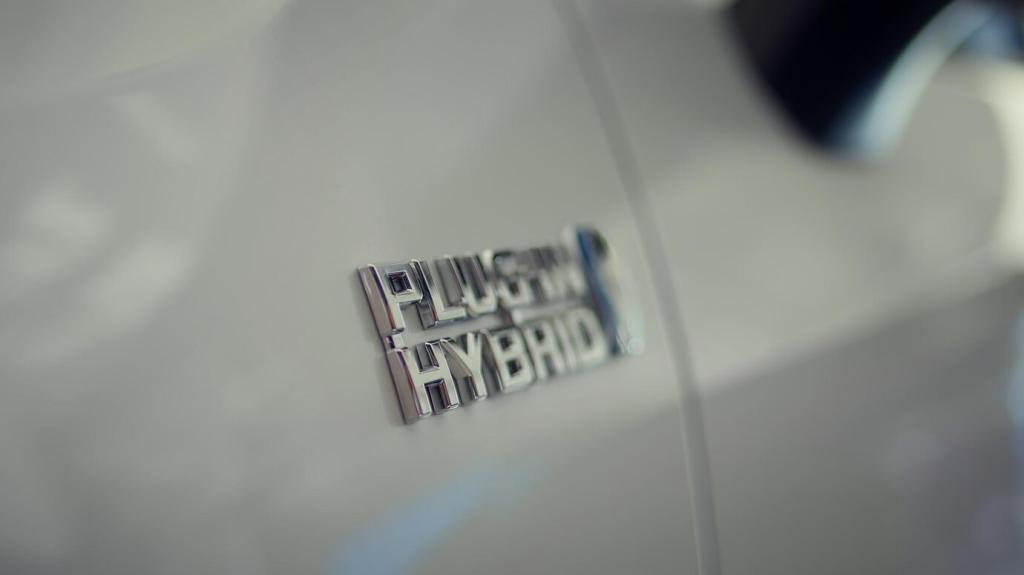Foundations: Designing Architecture Around Renewable Energy
Before sketching massing, analyze solar paths, shading, and prevailing winds to shape architecture that captures energy passively. This foundational step multiplies the value of photovoltaic arrays and ventilation strategies, improving comfort while reducing mechanical loads.
Foundations: Designing Architecture Around Renewable Energy
Treat photovoltaics as part of the architectural language—façade cladding, canopy shading, balustrades, and skylights. By composing BIPV thoughtfully, you deliver electricity, filtered daylight, and visual identity together, turning Renewable Energy Systems for Sustainable Architecture into everyday experience.








